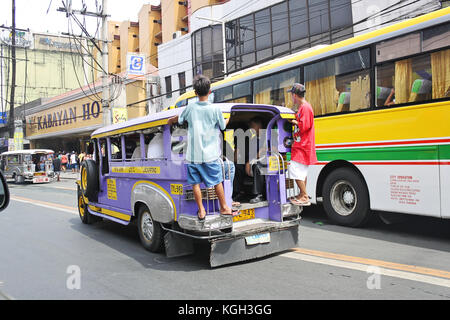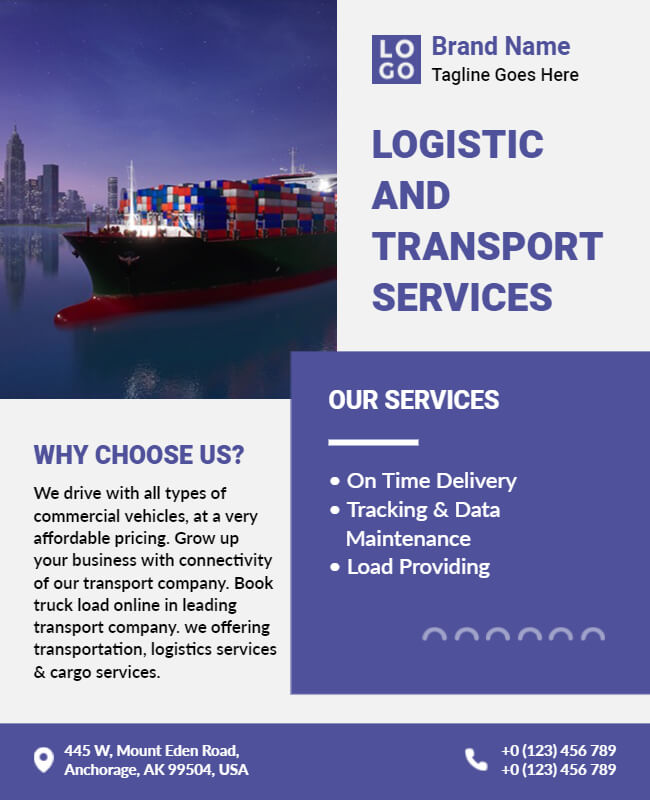Make Best Use Of Exposure with Transit Advertising Philippines
Make Best Use Of Exposure with Transit Advertising Philippines
Blog Article
Exactly How Transit Marketing Can Change Public Transport Spaces Into Dynamic Advertising And Marketing Platforms
Transportation advertising and marketing holds considerable capacity to redefine public transportation rooms right into vivid advertising platforms that notify and engage. As we discover the diverse benefits and progressing strategies of transportation advertising, it increases the question of how this improvement might redefine our interactions with both brand names and the urban environment.
Benefits of Transit Marketing

Additionally, transit advertising and marketing is extremely economical compared to conventional media. It allows advertisers to attain high perceptions at reduced costs, taking full advantage of roi. The restricted audience of commuters provides a chance for brands to share their messages to individuals who are usually responsive throughout their traveling times.
In addition, the dynamic nature of transportation advertising allows projects to be upgraded regularly, making certain that messaging continues to be prompt and pertinent. This versatility can be vital in responding to market trends or promotional events, keeping the brand top-of-mind for consumers. Finally, the pervasive presence of transit advertising and marketing adds to brand recall; repeated exposure within familiar travel contexts enhances brand awareness and promotes customer loyalty, ultimately driving sales and improving brand online reputation.
Kinds of Transit Advertising
Public transport systems give numerous layouts for advertising, each providing to various marketing methods and audience interaction approaches. One popular kind is external bus and train wraps, which cover the entire lorry and create a mobile billboard result, allowing for high presence in urban environments. These covers can record focus as they traverse hectic streets, reaching a diverse audience.
One more popular layout is indoor advertising and marketing, that includes posters, digital screens, and ads on transit seats. These placements involve passengers throughout their journey, enhancing brand name messaging in a restricted space. Digital shows, specifically, use the benefit of vibrant web content, allowing marketers to upgrade messages in real-time.
Terminal marketing is additionally considerable, including posters, banners, and interactive kiosks within transit terminals. These advertisements leverage foot website traffic and can target specific demographics based upon location.
Lastly, promotional partnerships with transportation authorities can lead to one-of-a-kind campaigns, such as themed transit experiences or events, improving the general involvement with travelers. Each sort of transportation advertising provides unique benefits, allowing brand names to tailor their strategy to efficiently reach their target market within the general public transportation ecosystem.
Engaging Travelers Efficiently
Travelers are progressively swamped with advertising and marketing messages throughout their everyday journeys, making it essential for brands to involve them in ingenious methods. To capture focus in this jampacked space, marketers need to focus on creativity and significance. Utilizing eye-catching visuals and succinct messaging can considerably improve the likelihood of engagement.
Interactive aspects, such as QR codes or enhanced fact functions, can also transform static advertisements into immersive experiences, promoting a deeper connection with the target market. Brand names need to focus on attending to travelers' interests and needs, customizing messages to resonate with their lifestyle, whether through promos for local companies or services designed to boost their commuting experience.
Furthermore, timing plays a critical function; purposefully putting advertisements throughout optimal commuting hours can make the most of presence and effect. Involving travelers right here effectively likewise includes leveraging social media integration, permitting guests to share their promos or experiences straight from transportation platforms, therefore intensifying brand name reach.
Fundamentally, effective interaction hinges on understanding the traveler trip and producing compelling, interactive, and relevant marketing experiences that not only capture attention yet likewise drive action and commitment. By doing so, brands can change public transport right into a vibrant advertising platform that reverberates with its target market.

Measuring Advertising Effect
Just how can brands properly analyze the performance of their marketing projects en route settings? Measuring the effect of transportation advertising and marketing needs a complex method that incorporates quantitative and qualitative metrics. One prevalent approach is tracking interaction via mobile analytics, where brand names can analyze foot web traffic patterns and application interactions in the past, throughout, and after projects.
Surveys can provide valuable understandings into brand name recall and consumer view, permitting brand names to gauge how well their messages resonate with commuters. Additionally, keeping an eye on social networks engagement pertaining to certain campaigns can disclose shifts in public assumption and brand conversation.

Additionally, working together with transportation agencies can enhance dimension accuracy, as they frequently possess thorough market information on ridership patterns. By incorporating these methods, brands can develop a thorough understanding of their advertising performance, guaranteeing that their projects not only get to yet additionally affect their target market efficiently.
Future Patterns in Transit Advertising And Marketing
A considerable shift is anticipated in transit advertising as technical advancements and changing customer habits reshape the landscape. Transit Advertising Philippines. The assimilation of electronic display screens and multimedias is expected to enhance interaction, permitting brand names to provide dynamic material that resonates with varied audiences. As mass transit systems embrace wise modern technology, marketers will take advantage of real-time information analytics to customize messages based upon traveler demographics and behaviors
Furthermore, boosted reality (AR) is poised to reinvent the method commuters communicate with promotions. By providing immersive experiences, AR can transform an ordinary trip visit this site right into an interesting story that catches focus and fosters brand loyalty. This advancement will likely encourage marketers to produce more experiential campaigns that drive consumer interaction.
Sustainability is an additional crucial trend influencing transportation advertising. As environmental awareness grows, brand names will significantly seek to line up with environmentally friendly methods, utilizing sustainable products and promoting eco-friendly efforts within their projects.
Final Thought
Finally, transit marketing supplies substantial advantages by enhancing brand name presence and involving a restricted target market. Through different layouts, such as exterior check covers and electronic screens, it changes public transport right into a dynamic advertising and marketing system. Efficient engagement methods and robust measurement techniques even more amplify its influence. As fads develop, the capacity for ingenious interactions between commuters and brands is poised to grow, ensuring that transportation marketing stays an important component of modern-day advertising and marketing approaches.
Transportation advertising and marketing holds considerable capacity to redefine public transportation rooms right into dynamic marketing systems that inform and engage. The pervasive presence of transit advertising contributes to brand recall; repeated exposure within familiar travel contexts reinforces brand name understanding and promotes consumer loyalty, ultimately driving sales and improving brand online reputation.
Just how can brands accurately assess the performance of their advertising and marketing campaigns in transportation atmospheres?In conclusion, transit advertising and marketing supplies substantial advantages by boosting brand name presence and engaging a captive audience. Transit Advertising Philippines. As fads progress, the potential for cutting-edge communications in between brands and commuters is positioned to grow, ensuring that transit advertising and marketing stays a vital element of modern marketing approaches
Report this page